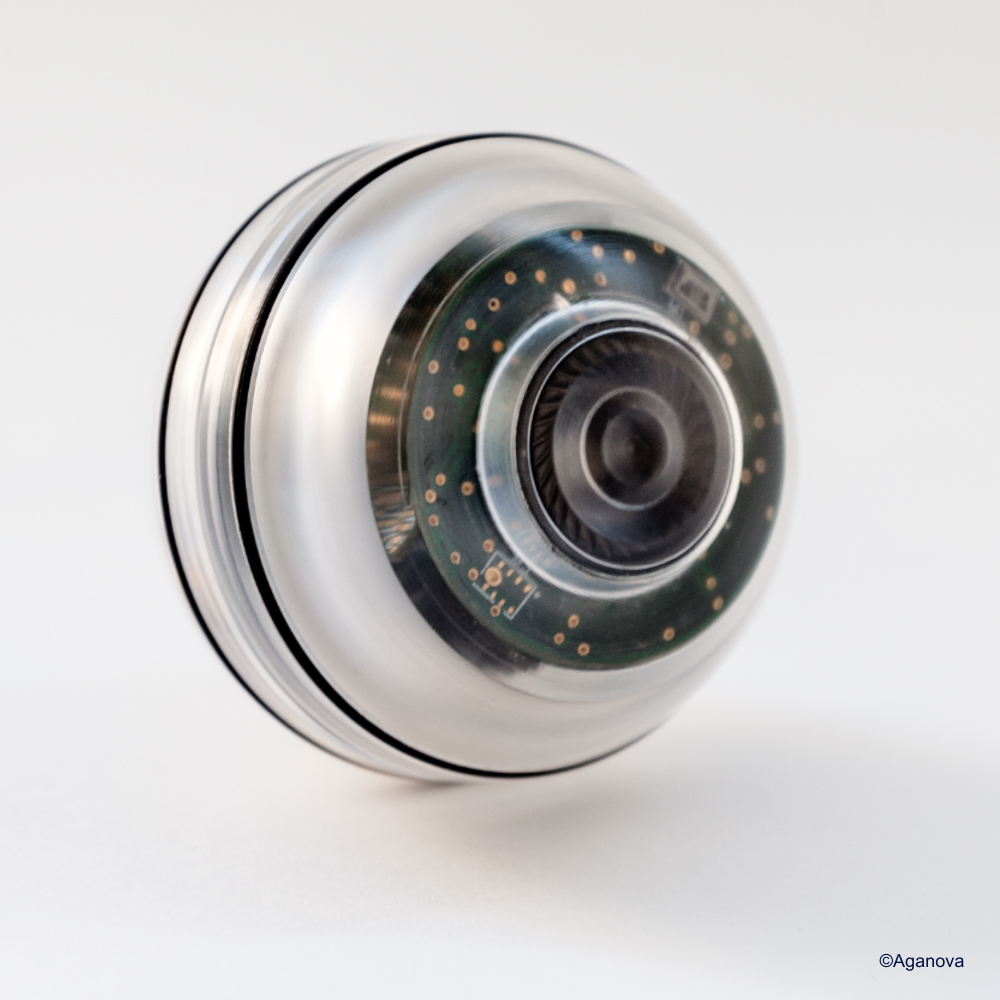The issue
Aguas de Murcia (EMUASA) is a municipal water and sewer system company that manages the water supply of the whole municipality in Murcia, Spain. It provides water to some 445,086 residents in the city and nearby districts spanning over 890 square kilometres.
In March 2018, EMUASA approached SUEZ to carry out an overhaul of an old, rundown section of its network. This 800mm-diameter pipe network is difficult to access and has not been inspected efficiently and exhaustively for a long time. The priority was to thoroughly inspect the pipeline for leaks, air pockets, and other anomalies that could adversely affect EMUASA's service.
The solution
SUEZ used an innovative technology, the Nautilus Orb Leak Detection System by Aganova, for the detection of leaks in large diameter pipes. This system is perfect for pipes that are difficult to access at a depth greater than 3 metres. The system is also capable of detecting other existing anomalies, which gives clients comprehensive data about the state of the old pipe network.
The procedure involved the following process:
- Insertion
- Navigation
- Extraction
SUEZ first placed 18 synchronisers at intermediate points along the pipeline to optimise the accuracy of results. It also installed the extraction system consisting of a net, a camera used to position the net, and an alert system for once the sphere is intercepted.

After these were set up, the team then inserted the sphere into the pipe using a pressurised piston system. The sphere travelled all along the designated pipe length, passing through the synchronisers positioned every 0.6 km, and collecting valuable data.
Once it reached the end point, the sphere was extracted for analysis.
Once it reached the end point, the sphere was extracted for analysis.
The information recorded by Nautilus during the field inspection was processed, using a mathematical model developed by Aganova to analyse the sounds registered by the sphere. The technical team looked for varying spurious noises that are filtered by several processing techniques. By synchronising the sound recording, involving the speed and flow tracking of the sphere, changes in direction, presence of turbulence, among others, the software is able to detect locations for leaks and anomalies.
Nautilus System - SUEZ
Credit: SUEZ group
The results
A total of 21 leaks were detected along the 12 kilometres of pipeline, which is equivalent to an average of 1.75 leaks per kilometre. Leaks are normally classified by levels:
- Level 1 (Important)
- Level 2 (Medium importance)
- Level 3 (Minor importance)
According to the data analysed by SUEZ, the leaks found at EMUASA consisted of three Level 1 leaks, eight Level 2 leaks, and 10 Level 3 leaks. Said results provided EMUASA valuable information that helped them identify the most problematic sections of the network where the highest concentration of leaks were located.
Nautilus is a technology that allows us to open a new horizon in leak detection on hard-to-access pipelines. The project carried out by EMUASA confirmed the effectiveness of this technology in large diameter pipelines with long and complex constructions.Jonathan Sánchez , Aguas de Murcia
